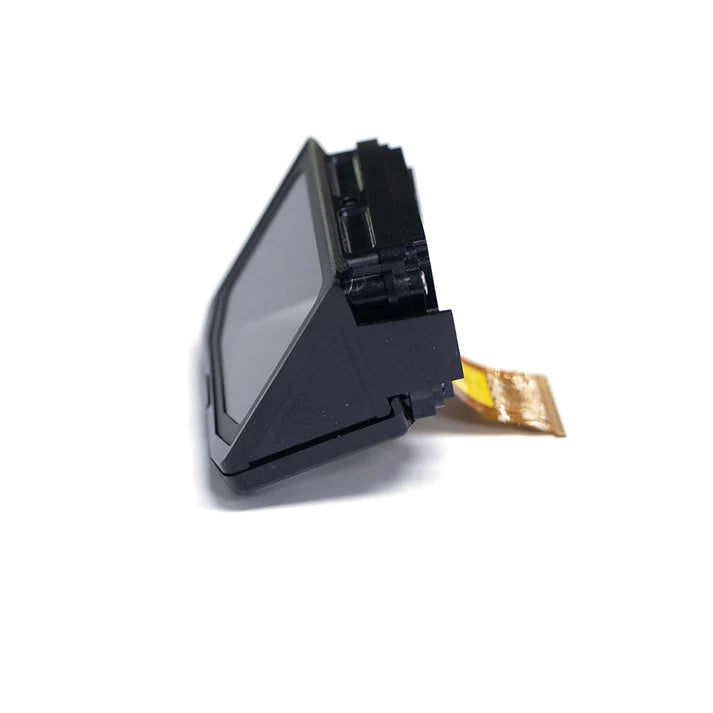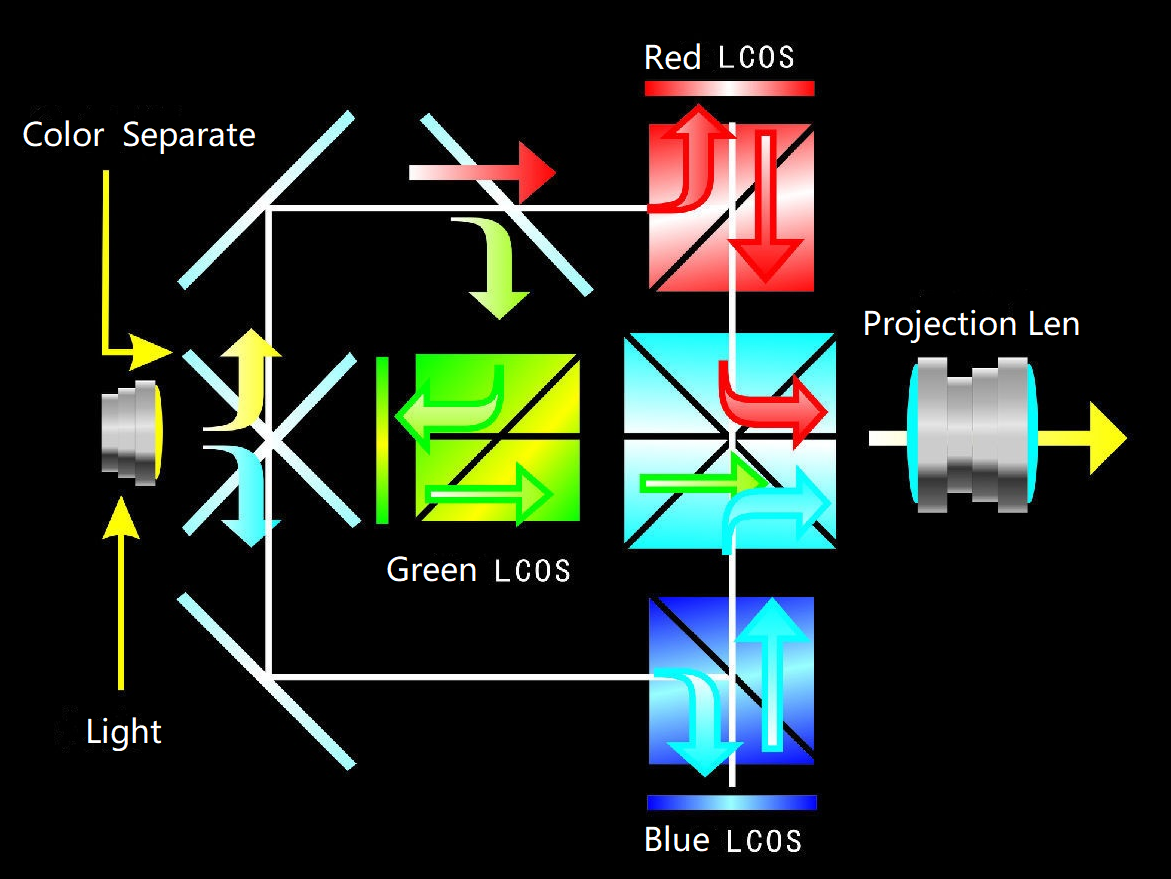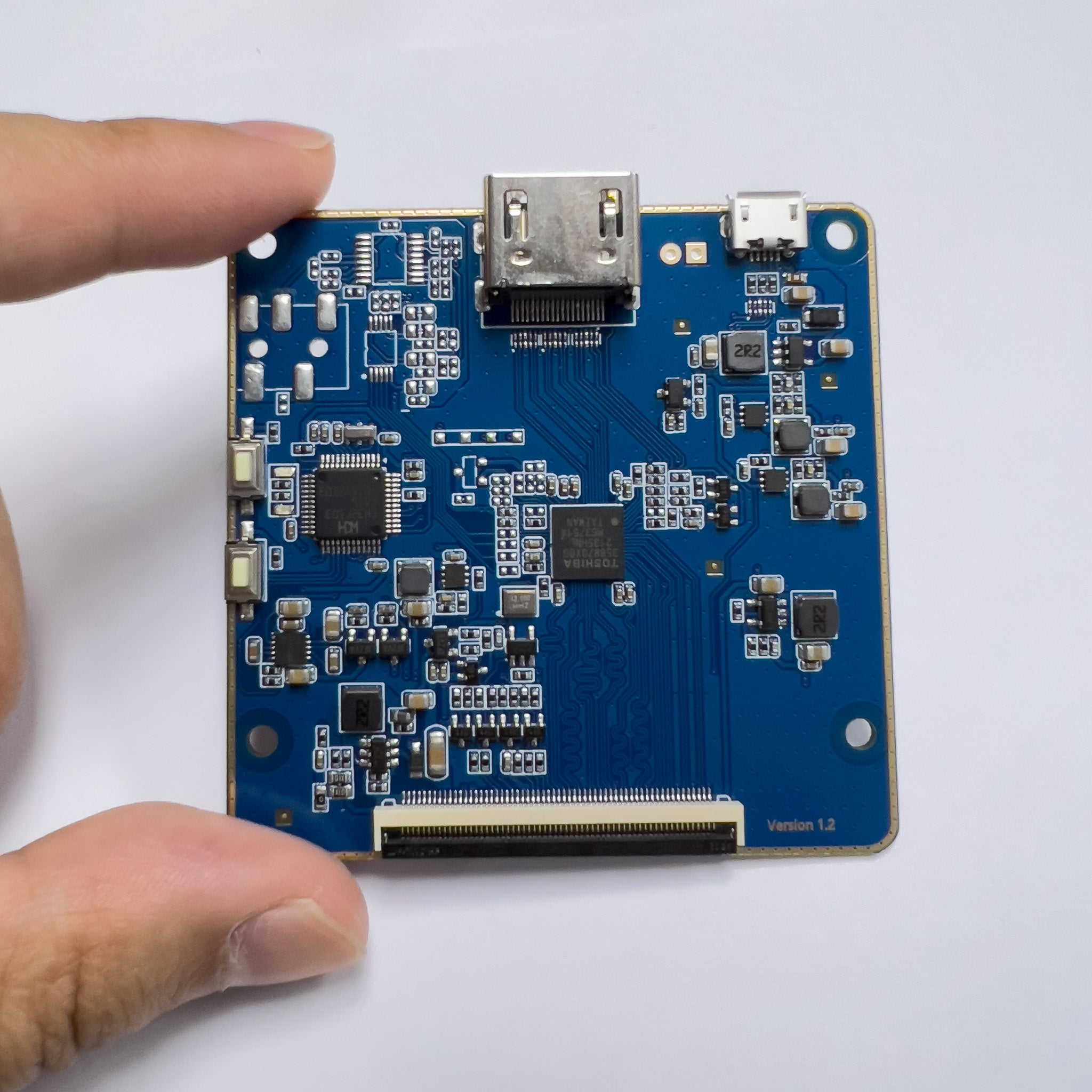HDMI (High-Definition Multimedia Interface) and MIPI (Mobile Industry Processor Interface) are two distinct video interface standards. HDMI to MIPI adapters are designed to convert signals between these interfaces, enabling compatibility and connectivity between devices.
HDMI is a widely-used digital video and audio interface, commonly found in home entertainment and multimedia devices such as TVs, computers, and gaming consoles. It delivers high-definition digital video and multi-channel audio signal transmission, supporting a variety of resolutions and audio formats. Furthermore, HDMI incorporates features like CEC (Consumer Electronics Control) and HDCP (High-bandwidth Digital Content Protection).
MIPI, on the other hand, is an interface standard primarily aimed at mobile devices, such as smartphones and tablets. It provides a unified interface specification for various components within mobile devices, including displays and cameras. MIPI primarily employs low-power, high-speed serial interfaces to accommodate mobile devices' power consumption and size constraints. A notable MIPI sub-protocol is MIPI DSI (Display Serial Interface), specifically designed for connecting mobile device displays.
The primary function of an HDMI to MIPI adapter is to convert digital video and audio signals from HDMI input to MIPI DSI output, allowing HDMI output devices to connect with MIPI DSI displays. These adapters are particularly useful in certain application scenarios, such as developers debugging and testing on mobile devices. HDMI to MIPI adapters typically include a conversion chip responsible for signal conversion and synchronization. When using an adapter, users need to ensure that the selected adapter supports the required resolution and refresh rate.
Read more

In recent years, Augmented Reality (AR) and Virtual Reality (VR) devices have made significant technological advancements, attracting more and more users. To provide better visual experiences, many...

OverView LCOS display is a new reflective display technology based on the organic combination of LCD and CMOS integrated circuit. As a new display device, LCOS has many advantages such as large scr...



Leave a comment
This site is protected by hCaptcha and the hCaptcha Privacy Policy and Terms of Service apply.